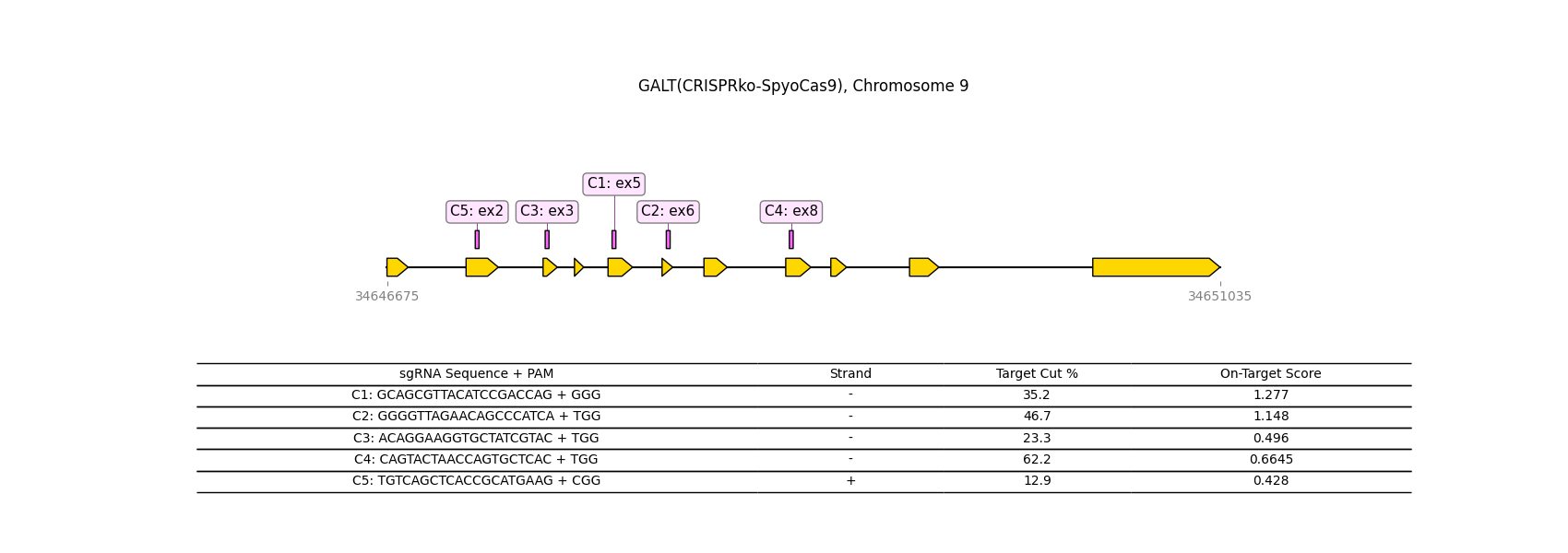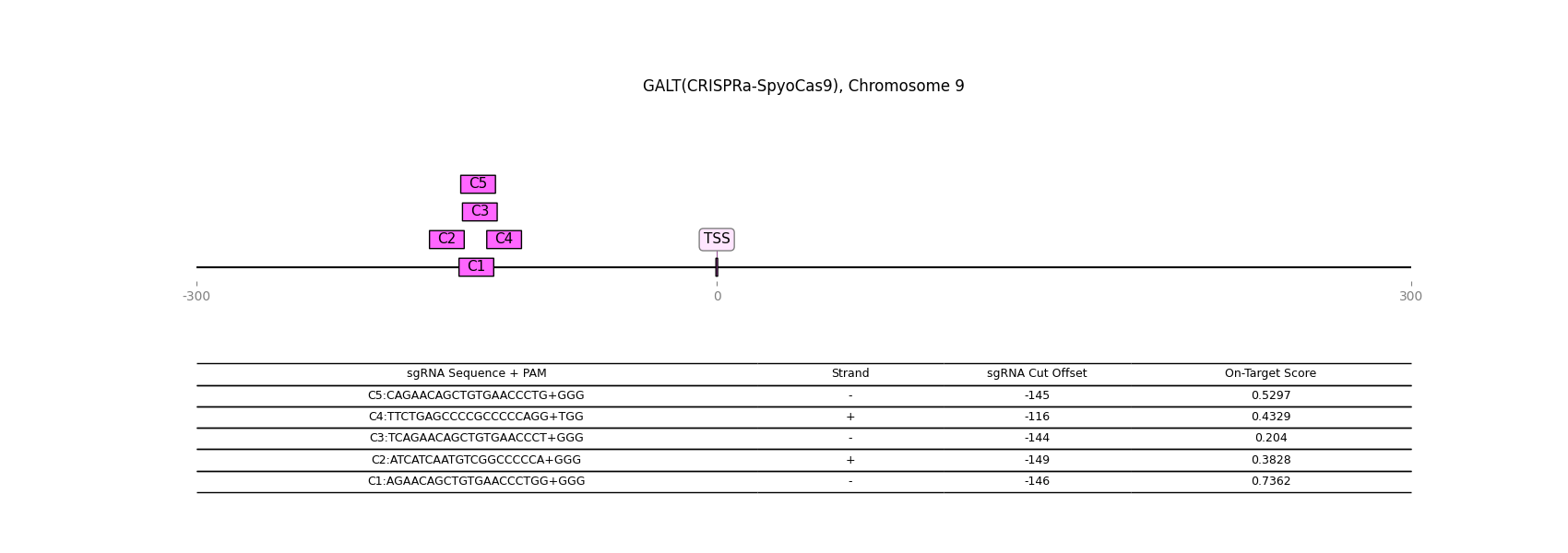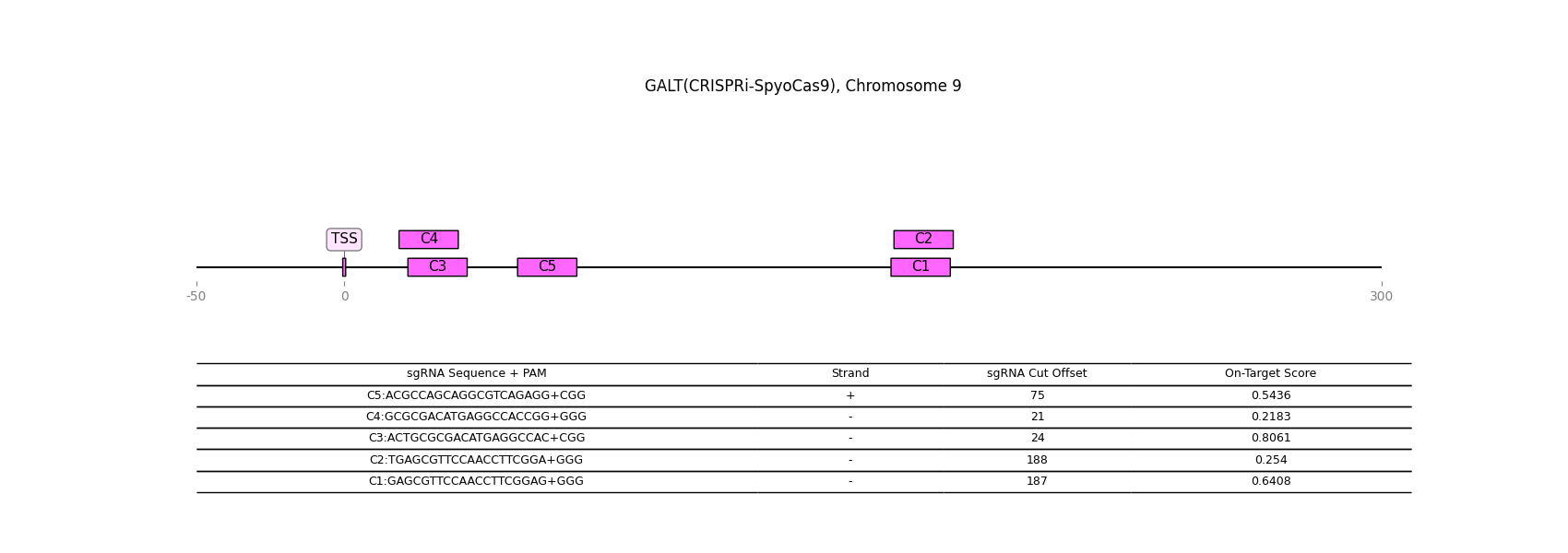Gene Details: GALT
1 / 1
General Information
Gene Name: GALT (Galactose-1-phosphate uridylyltransferase)
Synonym:
Short Names: Gal-1-P uridylyltransferase;
Alternative Names: UDP-glucose--hexose-1-phosphate uridylyltransferase;
Notes:
- Plays a role in galactose metabolism by catalyzing the second step of the Leloir pathway of galactose metabolism
- Deficiency of GALT causes classic galactosemia, an autosomal recessive inherited disorder.
Description from Dr.Glyco-GPT:
Warning: LLMs can generate factually incorrect information, as they simply predict the next word based on training data. Always verify LLM output by cross-checking with reliable sources!
Catalytic Activity

Reaction and Disease Links
EC # (IUBMB):
2.7.7.12
Brenda:
2.7.7.12
KEGG: 2592
Rhea:
13989
Transcript levels (Cell lines and Single cell data) URL
CRISPR-knockout

CRISPR-activation

CRISPR-inactivation

Transcription factor-gene relationship (details at glycoTF page)
Top 10 TFs
| TF | Score |
|---|---|
| TCF25 | 0.472886 |
| UBE2I | 0.470090 |
| SSU72 | 0.458674 |
| XRCC5 | 0.452180 |
| NCOR1 | 0.449163 |
| YY1 | 0.448407 |
| SON | 0.447553 |
| HNRNPK | 0.445672 |
| SNRNP70 | 0.445395 |
| RBM39 | 0.441633 |
Licensing: CC BY 4.0. You are fee to copy, redistribute, remix, transform and build upon all material, except for textbook figures from the Essentials.